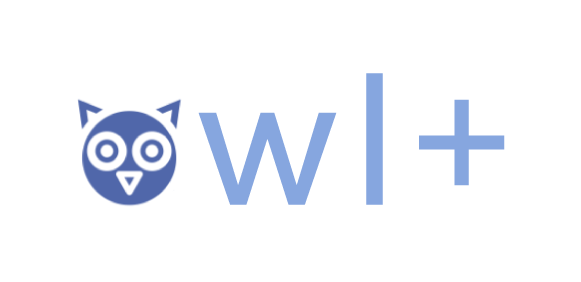3 Puode-se outelizar mirandés an todos ls campos? / Can Mirandese be used in all contexts?
In the 1960s, it was estimated that around 15,000 people could speak Mirandese in some capacity. Mirandese was officially recognised in 1999, but that hasn’t stopped locals from worrying that their language could disappear. The latest research published in 2023 estimates that only around 3,500 people actively speak Mirandese, and that 1,500 people could speak it but choose not to (University of Vigo, 2023).
One crucial indicator to measure whether a language is endangered is how many people are fully confident using it. By that we mean being able to use it fluently to communicate at home, at work or school, to hang out with friends, to run errands or to sort out your taxes at the local council. Explore the image below to find out in which contexts Mirandese is the main language of communication:
Mas nien todo son zgrácias. Trés geraçones de amigos de la lhéngua, porsores i outros fúrun capazes de alhebantar alguns marcos amportantes i cuntínan a fazer camino.
There is a place for Mirandese in all these contexts and more, but the latest research shows a complete lack of confidence among existing speakers. So, most people only use it at home, or who don’t recognise it as a valuable skill, or switch to Portuguese in front of their friends.
You would think that after more than 20 years of official recognition and school instruction, speakers would be fully confident, right? Unfortunately, stigma runs deep. Until the late 1990s, Mirandese was seen as a “lesser” “uncultured” language. Children would be told off at school for using it and adults were object of mockery. And, as you may have already seen in other chapters of this module, it takes a lot of effort to revert this damage!
But it’s not all doom and gloom. Three generations of activists, educators and civil servants have achieved some great milestones, and continue to do so.

